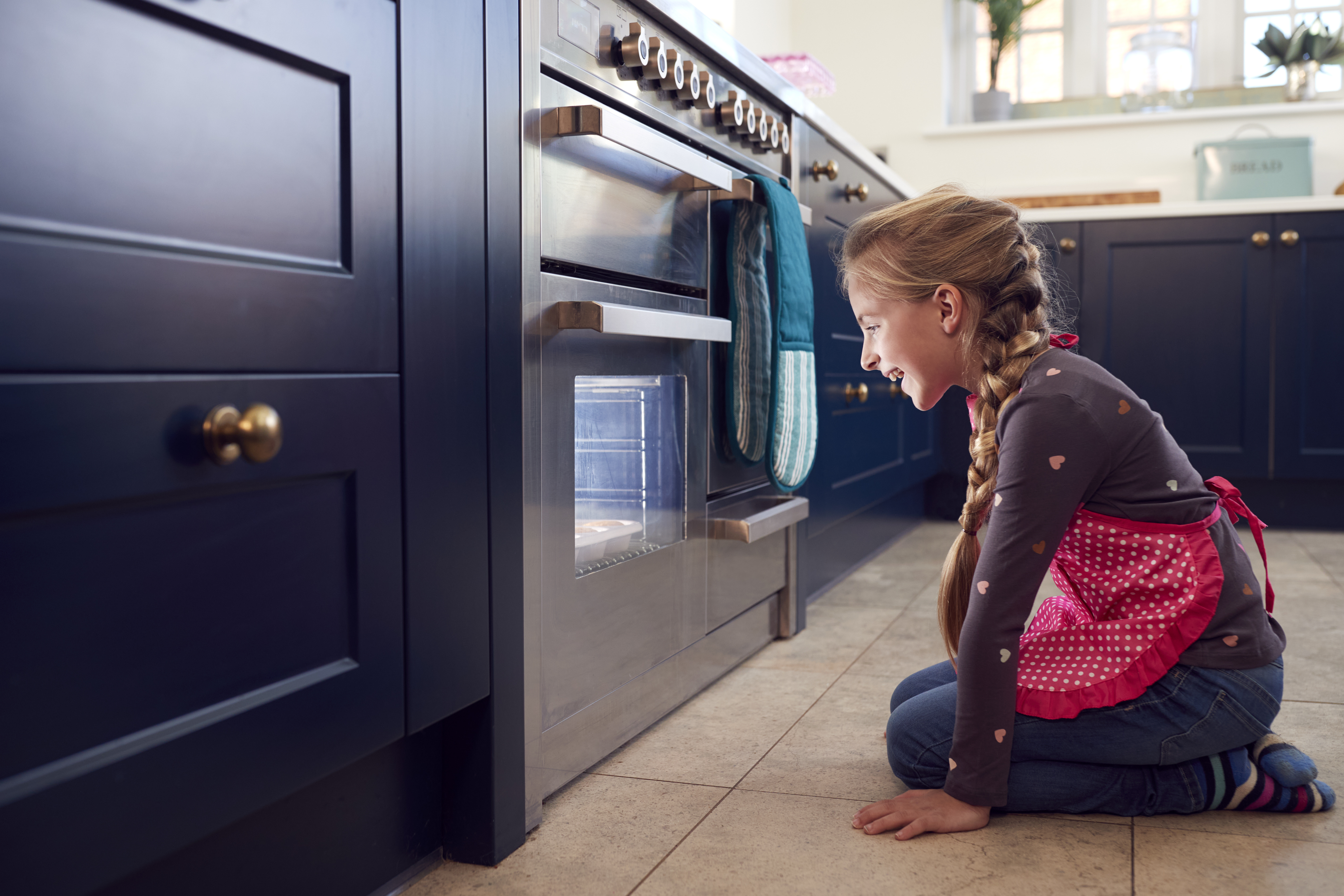10 Signs Your Child Is Hyperactive and Ways to Channel Their Energy
Sign Three: Impulsive Behavior and Lack of Patience

Impulsivity is a hallmark of hyperactivity, where children act without thinking about the consequences. This can manifest as interrupting conversations, blurting out answers in class, or difficulty waiting their turn during games. Such behavior can lead to social challenges, as peers may find it difficult to interact with someone who doesn't adhere to social norms. It's crucial to address impulsivity to help children develop better interpersonal skills. Teaching impulse control is a gradual process that requires patience and consistency. One effective method is to use role-playing scenarios to teach children about the importance of listening and waiting for their turn. Reinforcing positive behavior with praise and rewards can also encourage children to practice patience. Additionally, mindfulness exercises, such as deep breathing or counting exercises, can help children develop self-control. By focusing on these strategies, we can help children learn to manage their impulses, leading to better social interactions and emotional regulation.
Sign Four: Excessive Talking and Interrupting

Excessive talking and interrupting are common signs of hyperactivity. Children may dominate conversations, struggle to listen, or frequently interrupt others. This behavior can be overwhelming for those around them and may lead to misunderstandings or conflicts. It is essential to address this sign to help children develop effective communication skills and foster positive relationships. To manage excessive talking and interrupting, it's important to teach children about the importance of active listening. Encouraging them to pause and think before speaking can help them learn to take turns in conversations. Setting up practice sessions where they can role-play conversations can be beneficial. Additionally, using visual cues or signals can remind children to wait for their turn to speak. By teaching these skills, we can help children become better communicators and improve their social interactions.
